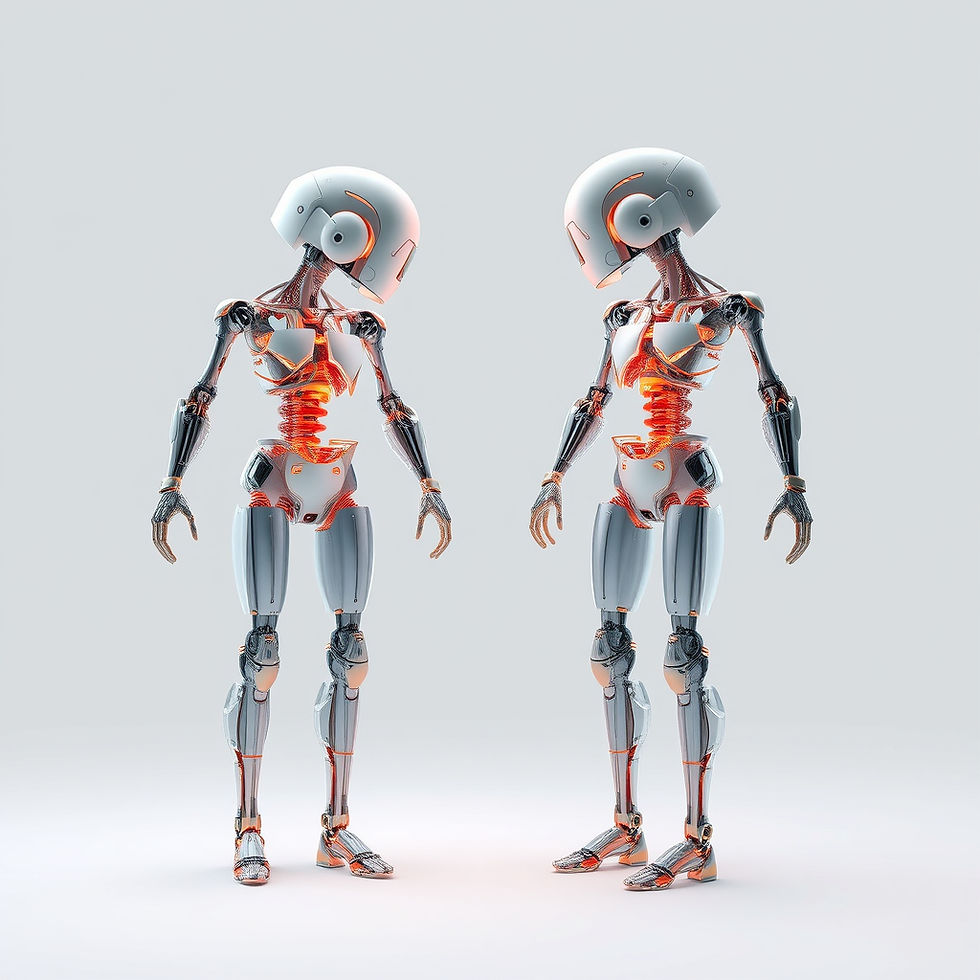How 3D Simulation Transforms Employee Onboarding Across Industries
- Geniuscrate

- Aug 3
- 2 min read

For industries where precision, safety, and speed matter, 3D simulation has emerged as a powerful tool, not just for training, but for streamlining employee onboarding itself. Whether you're in manufacturing, defense, healthcare, or automotive, simulated environments reduce onboarding friction, lower costs, and help new employees perform faster with greater confidence.
In this blog, we'll explore how realistic 3D environments, like those created by GeniusCrate, are becoming the go-to solution for transforming onboarding processes.
1. Onboarding That Feels Like the Real Thing
Traditional onboarding typically includes classroom-style training, paper manuals, and shadowing experienced staff. While helpful, this method can be slow, inconsistent, and hard to scale.
3D simulations, on the other hand, immerse new hires in interactive scenarios that mimic their real job roles. They can:
Learn processes hands-on without risking safety.
Make mistakes in a safe, repeatable environment.
Develop muscle memory and confidence before setting foot on a worksite or production floor.
With tools like Unreal Engine and Unity, studios like GeniusCrate can craft realistic simulations tailored to your exact equipment, protocols, and workflows.
2. Scaling Training Across Locations
If your organization operates across multiple locations, or globally, delivering consistent
onboarding is a major challenge.
Simulated environments solve this by offering standardized training experiences accessible from anywhere. New hires can be trained in virtual spaces that reflect:
Localized safety standards
Region-specific workflows
Different equipment layouts or tools
GeniusCrate specializes in modular simulation design, meaning your training modules can be updated or localized without starting from scratch.
3. Faster Onboarding, Lower Costs
Companies often struggle with long onboarding periods that delay productivity. 3D training reduces onboarding time by up to 50% by eliminating the need for:
Physical training setups
Scheduling conflicts with mentors
Downtime due to on-site equipment availability
GeniusCrate clients have reported significant cost savings through reduced resource usage and quicker ramp-up time for new hires.
4. Personalized Learning Journeys
Not all employees learn the same way or at the same pace. Simulation-based onboarding can be personalized based on:
Role-specific tasks
Learning speed
Previous experience or skill gaps
You can even use built-in performance analytics to monitor progress and adapt training dynamically. This ensures new team members are not only trained, but also ready.
5. Real-Time Feedback and Assessments
One major advantage of digital onboarding is built-in assessment and feedback systems. Rather than relying on guesswork or subjective evaluation, you get:
Data-driven reports on trainee performance
Insights into common mistakes
With GeniusCrate’s robust simulation systems, your training team can ensure onboarding effectiveness while continually improving the process.
Conclusion: Onboarding the Future Workforce
3D simulation isn’t just for advanced training anymore. It’s reshaping how we approach onboarding from day one. By offering faster, safer, and smarter learning environments, virtual training tools enable industries to scale onboarding while keeping quality high.
Looking to onboard faster and better? Partner with a team like GeniusCrate to design customized 3D onboarding simulations that boost employee confidence and job-readiness from the start.



Comments